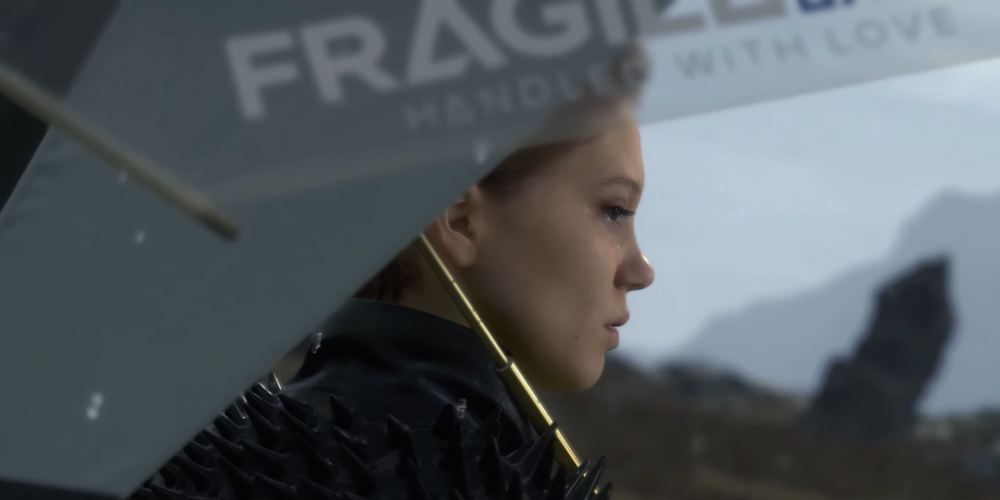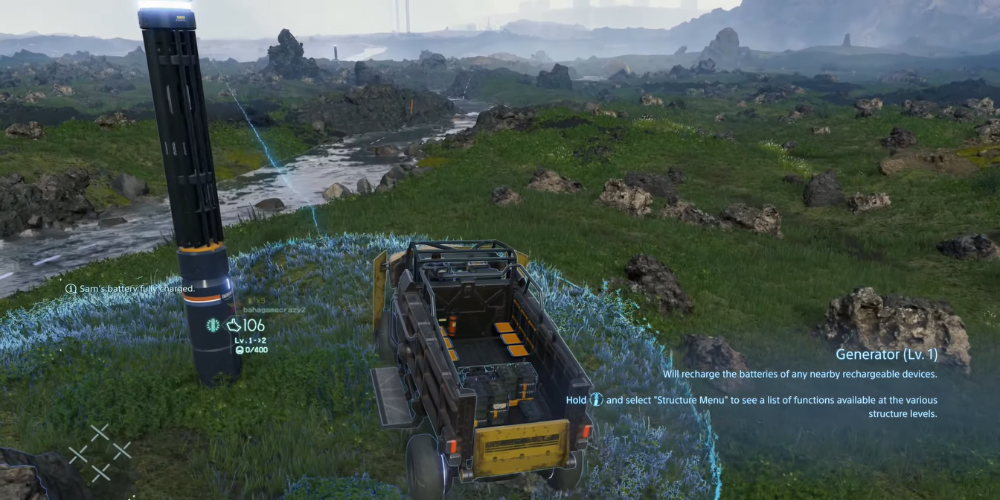Detailed Review of Death Stranding: Character Analysis, Tips, and Hints
July 09, 2024

In the landscape of contemporary video games, Death Stranding stands as an enigmatic beacon. The game, conceived and directed by Hideo Kojima, is a blend of action, adventure, and exploration themes, possessing a uniqueness that has widely captivated players worldwide. This article provides an intricate examination of Death Stranding, delving into its rich character development, gameplay tips, and tactical hints that could help players successfully navigate its intricate narrative's many twists and turns.
1. Character Analysis
In Death Stranding, each character is an observation of the human condition. The protagonist, Sam Porter Bridges, portrayed by Norman Reedus, is an allegory of the contemporary man grappling with isolation and connection.
As a 'repatriate,' Sam serves as the lifeline between isolated communities in the aftermath of the Death Stranding event, which rendered the world haunted by spectral entities termed "BTs" and punctuated by bouts of lethal, time-accelerating rain 'Timefall.' Sam himself is a study in contrasts, depicting vulnerability and strength, detachment yet a longing for connection.
Other characters such as Die-Hardman, played by Tommie Earl Jenkins, and Amelie, portrayed by Lindsay Wagner, showcase varying aspects of leadership and its implications, delving into themes of duty, moral ambiguity, and sacrifice. Cliff Unger, embodied by Mads Mikkelsen, adds an essential dimension to the game's storyline, representing a potent mix of antagonistic and sympathetic qualities that deeply resonate with players.
2. Gameplay Mechanics

Understanding the gameplay mechanics is essential for surviving in Death Stranding. The gameplay incorporates various elements from different game genres to create a unique playing experience that marries action, exploration, and survival concepts.
One notable aspect is the balance control during traversal. Players will need to maintain the equilibrium of Sam (the protagonist) during his travels. Walking or running over uneven terrain while carrying packages and equipment requires players to constantly balance or risk a trip or fall, potentially damaging the package. As such, understanding and mastering balance control becomes paramount.
Moreover, survival also hinges on the effective use of the Odradek scanner, one of Sam's pieces of equipment. This device aids players in detecting the spectral entities called "BTs". The effective use of the scanner enables the players to plot their navigation routes, therefore avoiding hazardous encounters and ensuring safe travel across the ravaged landscapes, making the Odradek scanner an essential tool for players.
Death Stranding also introduces several unique features, one of which is the concept of 'Strand Contracts'. Strand Contracts allows players to pick specific gamers with whom they wish to interact more. As a result, they will see the chosen gamers' structures and drops more predominantly in their game world.
This concept reinforces the theme of connection prevalent throughout the game and deeply integrates it within the gameplay mechanics. This feature further extends the game's multiplayer aspect, creating a more interconnected experience despite the single-player-focused core storyline.
3. Inventory Management

The art of inventory management in Death Stranding involves careful consideration of gear requirements, ensuring the protagonist doesn't exceed his load-carrying capacity, and optimizing load distribution to maintain balance during travel.
The customization of Sam’s backpack is key, influencing his center of gravity and mobility. Players must selectively incorporate necessary equipment like ladders and ropes, along with packages bearing crucial deliveries, and strategically place them for efficient transportation.
4. Combat Strategies
Combat in Death Stranding is multi-faceted, compelling players to make sharp tactical decisions based on the immediate situation. Unlike many other games, resorting to open confrontation is not always the most viable solution. Instead, the game encourages a varied, more strategic approach towards combating the myriad threats lurking within its world.
One such strategic alternative is stealth. Unless spotted by enemies, Sam can slip by unnoticed, avoiding combat altogether. In circumstances where face-to-face confrontation seems fruitless or hazardous, sneaking around the enemies instead of directly engaging with them could be the smarter choice. This approach promotes a more holistic and immersive gameplay experience.

Another escape-focused strategy involves the age-old tactic of fleeing from enemies. In the desolate landscapes of Death Stranding, open areas are aplenty, providing ample room for escape if situations turn too heated. Fleeing can sometimes be a more effective strategy compared to engaging enemies head-on, exemplifying the broad and deep combat mechanics of the game.
During engagement with BTs, who are the spectral entities in the game, players should leverage the unique 'Hematic Grenades'. These special weapons are crafted from Sam's blood and are capable of banishing BTs entirely. Learning to effectively use these grenades can turn the odds in the player's favor during an encounter with these spectral beasts.
On the contrary, when dealing with human enemies and monstrous beasts, Sam has access to a range of 'Bridges’ firearms and Anti-BT weapons. Each weapon has its unique strengths and uses, and skilful employment of these assets is vital. Players can strategically select their arsenal based on the nature of their foe, reinforcing the game's emphasis on tactical decision-making.
Through these varied combat strategies, players will find that each encounter can be a distinctive experience guided by their own chosen path, be it evasion, stealth or direct confrontation. The freedom and emphasis that Death Stranding lends to player choice is a testament to its complex and unique combat system, ultimately underlining the unparalleled depth of gameplay it offers.
5. Connection Levels & Building Relationships

A core mechanic of Death Stranding is the cultivation of connections and building relationships with NPC characters. As players deliver packages and complete tasks for the various outposts, their "connection level" with those communities grows. This, in turn, unlocks more equipment and improves the player’s game progress.
6. Rest and Maintenance
Players must ensure that Sam rests periodically. Resting replenishes Sam's stamina and health and is essential for maintaining and repairing equipment. The condition of Sam's footwear, for instance, directly impacts his movement speed and stability.
The BB or 'Bridge Baby' Sam carries is equally vital, requiring care and attention. Soothing the BB in times of distress keeps it functional and strengthens its connection with Sam, enhancing its abilities.
In conclusion, Death Stranding is a rich and layered gaming experience. It weaves together complex characters, intricate gameplay strategies, and profound narrative themes that elicit compelling reflections on connectivity, survival, and humanity's resilience. With this detailed review and guide, you can immerse yourself more deeply into the amazing world Hideo Kojima and his team have created.









Leave a comment
Your comment is awaiting moderation. We save your draft here
0 Comments